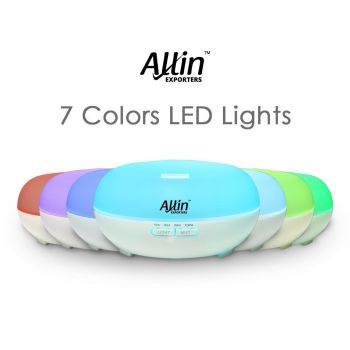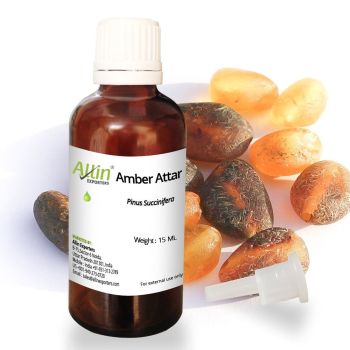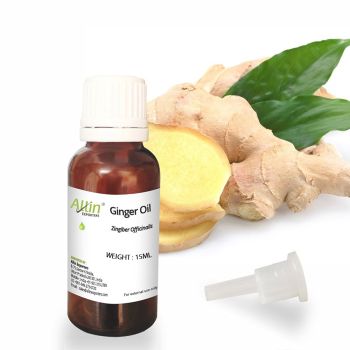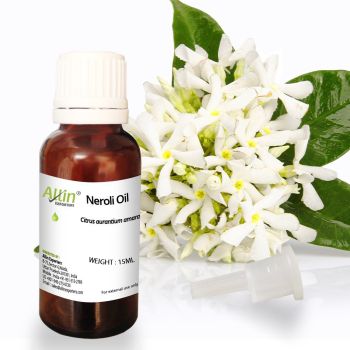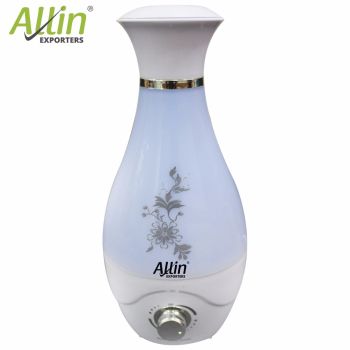Fennel Sweet Oil

Get In Touch With Us
Fennel sweet oil is actually extracted from Foeniculum vulgare var. dulce by the process of steam distillation. The name has been derived from the Latin word 'foenum'. This plant grows up to at least 6 feet and is either a biennial or a perennial herb. It has beautiful green and feathery leaves and is covered with golden yellow flowers of which bees are a great fan.
| Botanical Name | Foeniculum vulgare amara | |
|---|---|---|
| Origin | The name of fennel sweet oil has been derived from Latin. In the medieval times, this herb became much popular with the ancient Chinese, Romans and Chinese. They actually used this oil for warding off the spirits. | |
| Method of Extraction & Part of Plant Used | It is extracted from the crushed seeds by the method of steam distillation. | |
| Properties | Aroma | Fennel oil has herby, and somewhat spicy smell. Its odor is much like aniseed oil. |
| Integrants | The main chemical components of fennel oil are fenchone, a-pinene, trans-anethole, myrcene, methyl chavicol, 1, 8-cineole, limonene, and anisic aldehyde. | |
| Therapeutic Properties | The therapeutic properties of fennel oil are galactagogue, aperitif, antiseptic, stomachic, splenic, carminative, laxative, depurative, diuretic, tonic, emmenagogue, expectorant, stimulant, antispasmodic, and vermifuge. | |
| Blends Well With | Fennel sweet oil blends well with lavender |
|
| Precautions | Since, this oil is very powerful so, it should not be used in high dosage or else, it may render narcotic effects on your body. In cases of epilepsy, estrogen linked cancers, endometriosis and pregnancy, you should completely avoid this oil. |
We found other products you might like!
-
![Argan Oil Cold Pressed Moroccan Oil 100% Pure, Natural and Organic for Skin and Hair,USDA Certified Imported from Morocco]() Argan Oil Cold Pressed Moroccan Oil 100% Pure, Natural and Organic for Skin and Hair,USDA Certified Imported from MoroccoAs low as MRP. Rs 282.00 MRP. Rs 357.00
Argan Oil Cold Pressed Moroccan Oil 100% Pure, Natural and Organic for Skin and Hair,USDA Certified Imported from MoroccoAs low as MRP. Rs 282.00 MRP. Rs 357.00 -
![Pack of 2 in 1 Natural Mosquito Repellent Oil]() Pack of 2 in 1 Natural Mosquito Repellent OilAs low as MRP. Rs 331.25 MRP. Rs 411.00
Pack of 2 in 1 Natural Mosquito Repellent OilAs low as MRP. Rs 331.25 MRP. Rs 411.00 -
![2 in 1 Aroma Diffuser Ultrasonic Humidifier (DT-1517B) - 200 ML]() 2 in 1 Aroma Diffuser Ultrasonic Humidifier (DT-1517B) - 200 MLSpecial Price Rs 2,760.00 MRP. Rs 6,000.00
2 in 1 Aroma Diffuser Ultrasonic Humidifier (DT-1517B) - 200 MLSpecial Price Rs 2,760.00 MRP. Rs 6,000.00 -
![Lotus White Absolute Oil]() Lotus White Absolute OilAs low as MRP. Rs 446.00 MRP. Rs 563.00
Lotus White Absolute OilAs low as MRP. Rs 446.00 MRP. Rs 563.00 -
![Amber Attar]() Amber AttarAs low as MRP. Rs 425.00 MRP. Rs 537.00
Amber AttarAs low as MRP. Rs 425.00 MRP. Rs 537.00 -
![Ginger Oil]() Ginger OilAs low as MRP. Rs 412.00 MRP. Rs 520.00
Ginger OilAs low as MRP. Rs 412.00 MRP. Rs 520.00 -
![Cucumber Oil]() Cucumber OilAs low as MRP. Rs 251.00 MRP. Rs 316.00
Cucumber OilAs low as MRP. Rs 251.00 MRP. Rs 316.00 -
![Neroli Essential Oil]() Neroli Essential OilAs low as MRP. Rs 259.00 MRP. Rs 327.00
Neroli Essential OilAs low as MRP. Rs 259.00 MRP. Rs 327.00 -
![Aniseed Oil]() Aniseed OilAs low as MRP. Rs 225.00 MRP. Rs 285.00
Aniseed OilAs low as MRP. Rs 225.00 MRP. Rs 285.00 -
![Flower Vase Shaped Ultrasonic Cool Mist Humidifier - 1 Liter]() Flower Vase Shaped Ultrasonic Cool Mist Humidifier - 1 LiterSpecial Price Rs 1,420.00 MRP. Rs 1,775.00
Flower Vase Shaped Ultrasonic Cool Mist Humidifier - 1 LiterSpecial Price Rs 1,420.00 MRP. Rs 1,775.00







